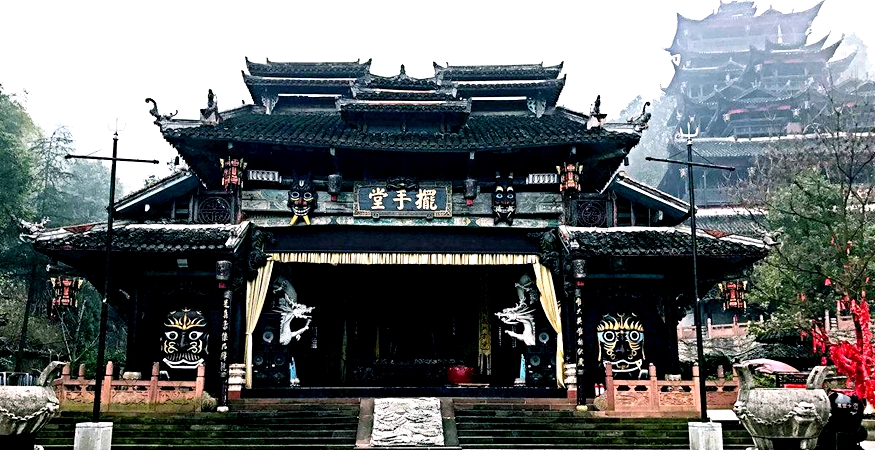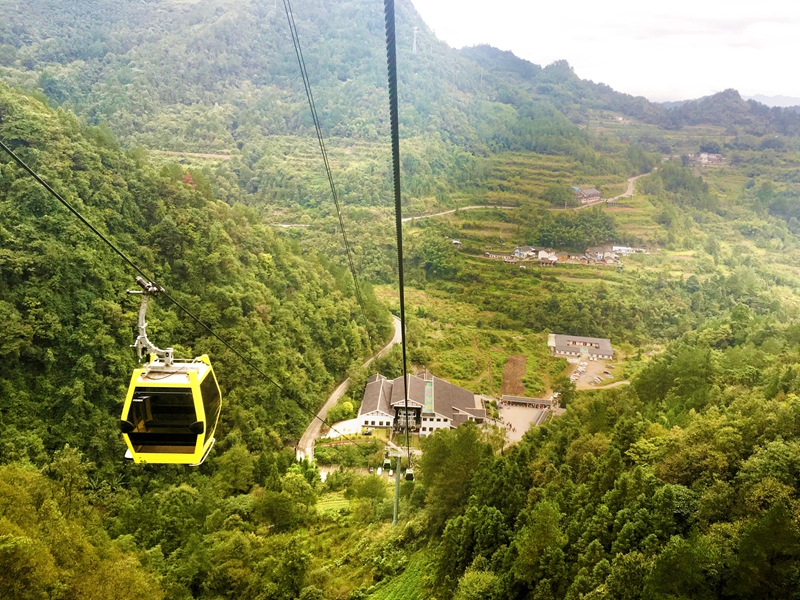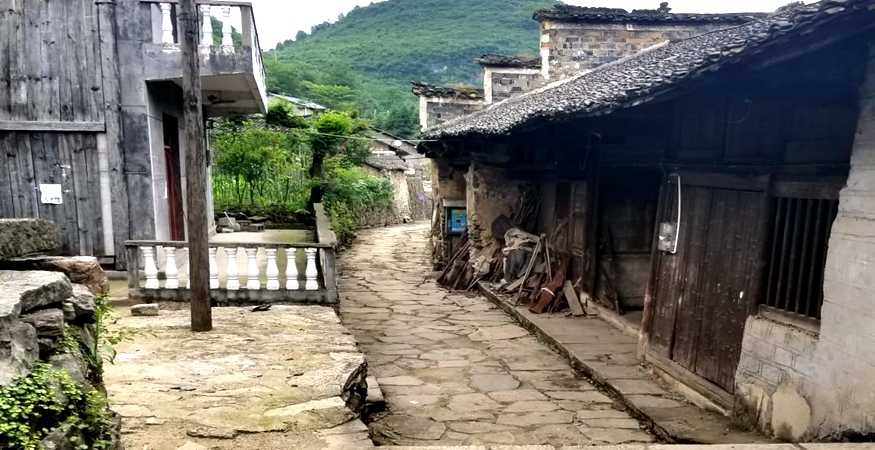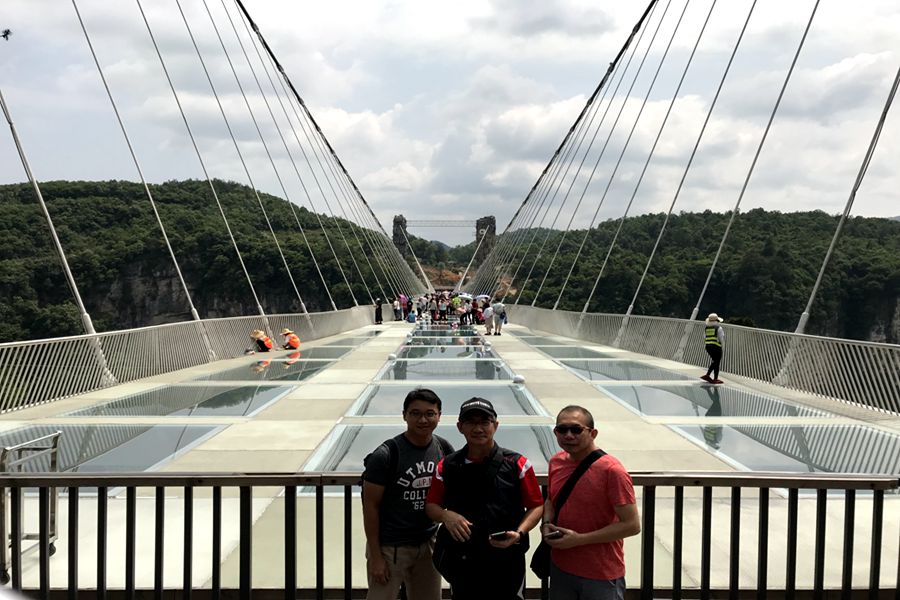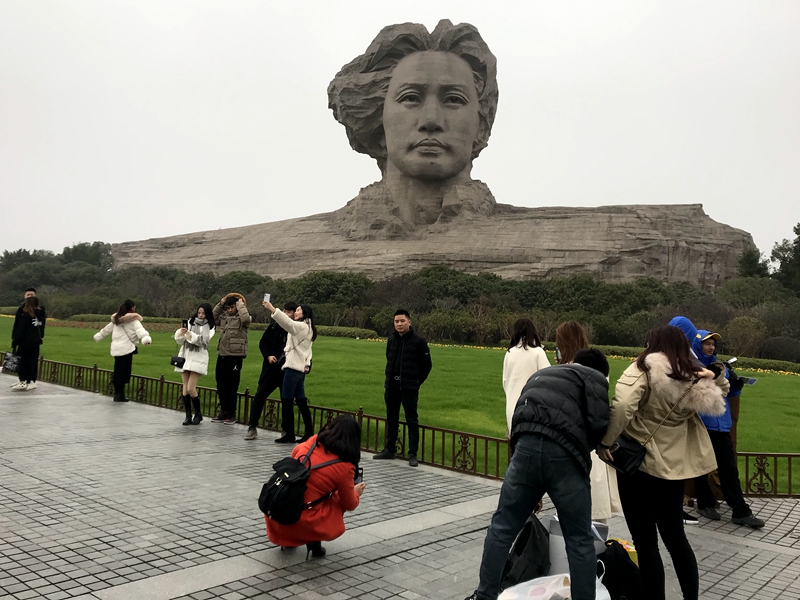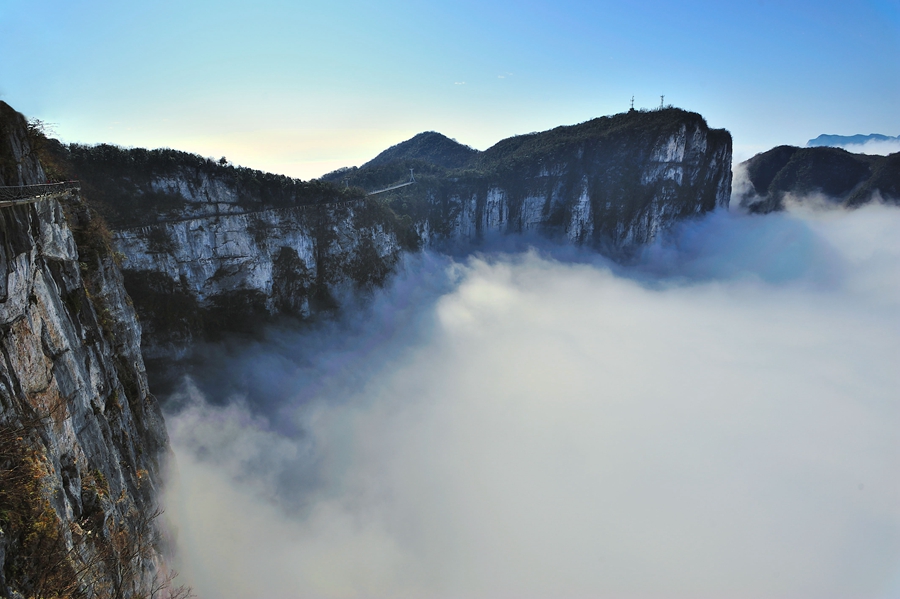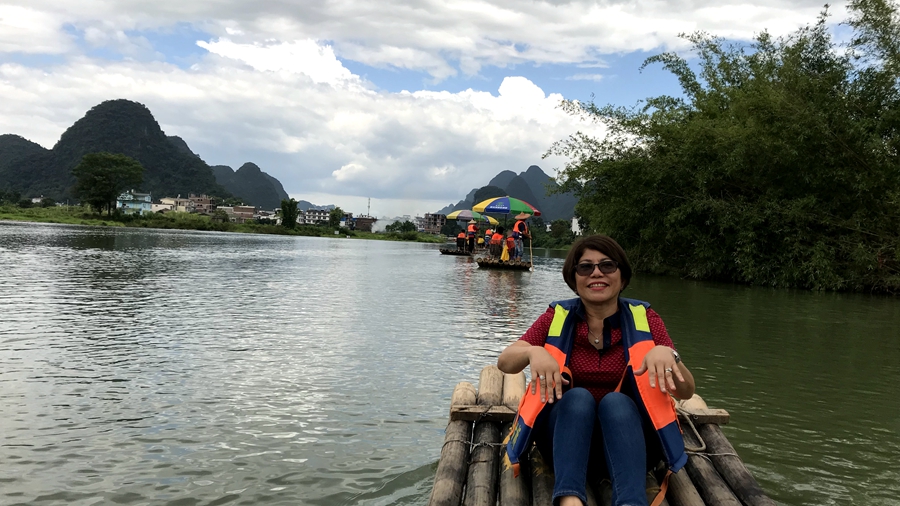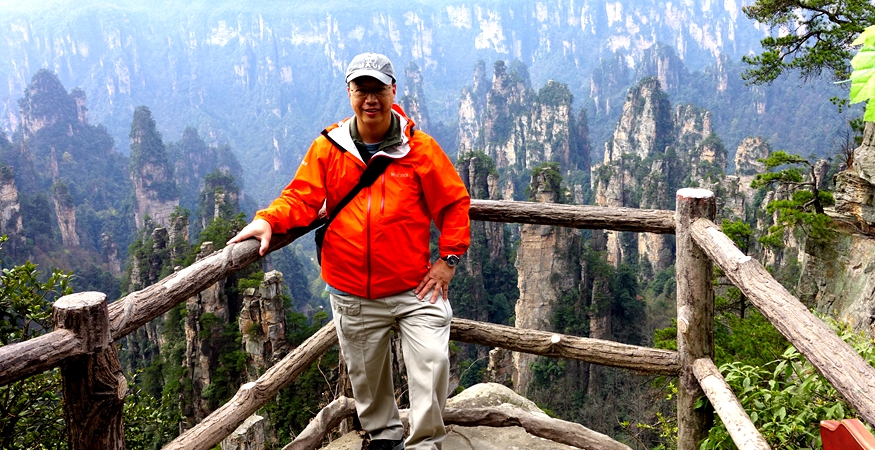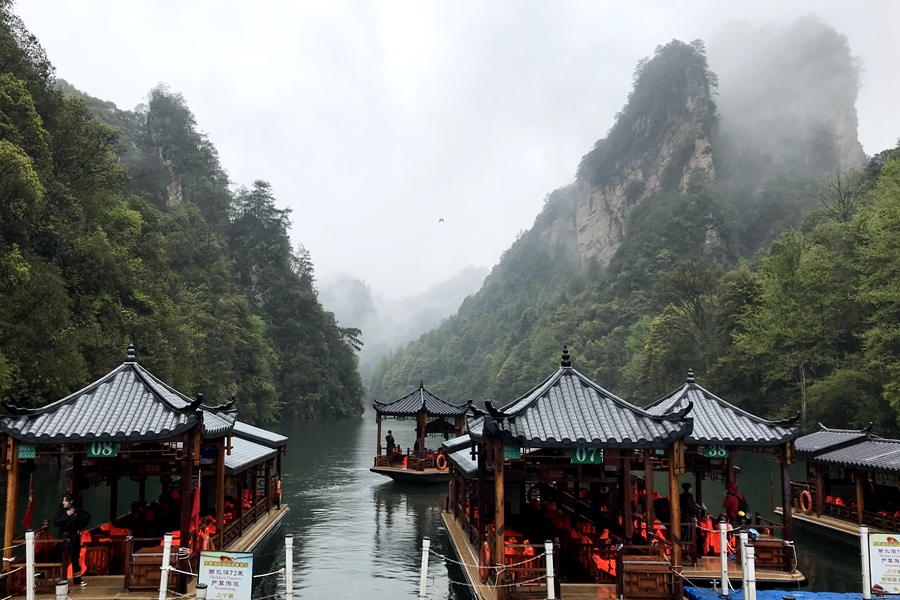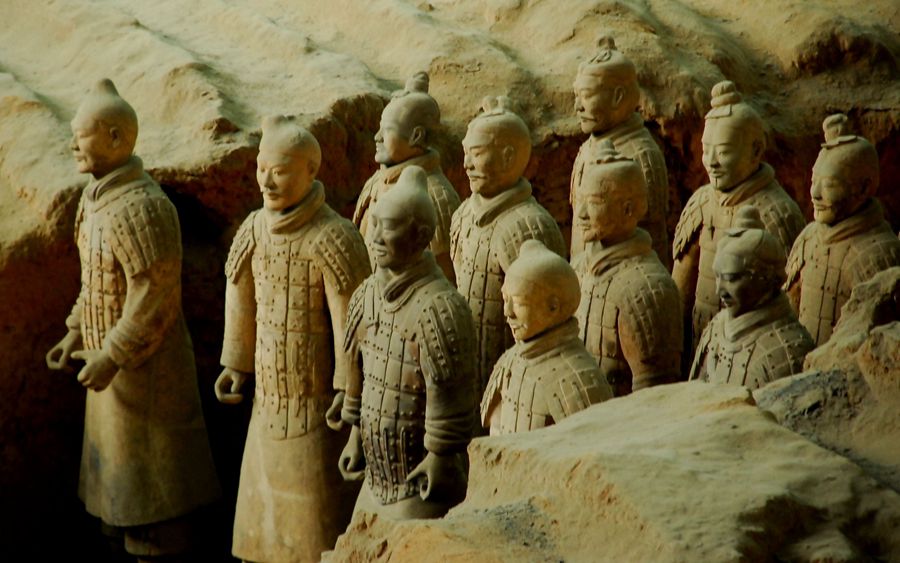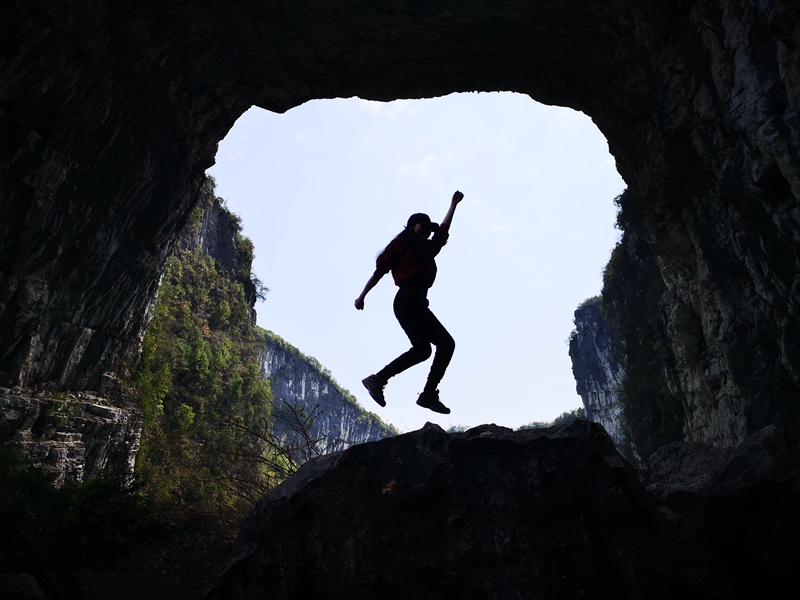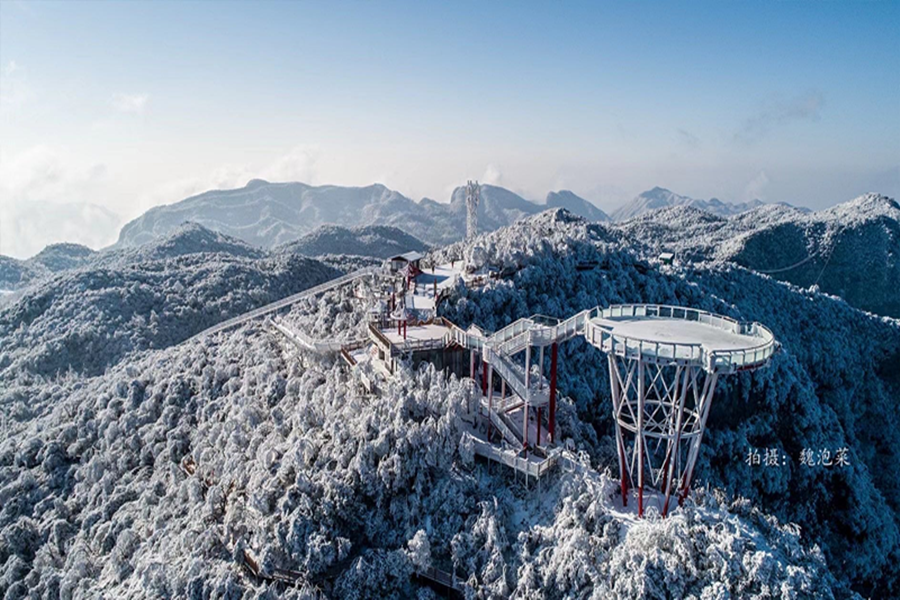
The Former Residence of Mao Zedong
The Former residence of our leader Mao Zedong, Stand at the food of a virid hill, is A common cottage typical of South China, it is a simple structure with a single-eaved roof that is covered with small black tiles. Against the verdant woods, the naked walls built of yellow earthen bricks are rather eye-catching, a sure sign of Mao’s humble birth Through the front door we enter the sitting room, where the family entertained guests. The table and the benches, all in the old style, are set as they were. To its right are 3 rooms for farm hands and behind it is the kitchen, where the cooking utensils are well-preserved. To its left are the former bedrooms of Mao, his parents and his brothers respectively, in which are photos and paintings portraying the family or Mao as a youth trying to persuade suffering villagers to participate in the revolution
Gaze at these pictures or the simple furniture, and we will be taken almost a century back and wonder how a common country boy was brought up to exert his great influence on the country and even the world. When we thoughtfully walk out and have a stroll by the pond in front of the house we feel as if we saw the would-be great man swimming under the canopy-like lotus leaves.It is in this cottage that Mao was born on Dec. 26, 1893. At the age of 8, Mao began his schooling at a private school in the village. In the light of an oil lamp the diligent pupil used to study late into the night and, within 6 years, had read almost all the books available there. In 1910, he left the village for Xiangxiang to continue his education in a high school, and then for Changsha to study in No. 1 teachers’school of Hunan In the social turmoil, Mao got acquainted with many revolutionary pioneers in Changsha, who were to be his capable assistants. After the death of his parents in 1920, Mao persuaded his brothers to play an active role in the coming revolution. Between February and August 1925, Mao, with the help of his wife Yang Kaihui(1901-1930), set up over 20 night schools at his hometown to eliminate illiteracy and spread revolutionary ideas among the local peasants. In January 1927. he returned to his hometown again to look into the peasants’movement, which laid a firm basis for his well-known political treatise “An Investigation of the peasants’ Movement in Hunan”. Then he left his hometown only to return 32 years later.
